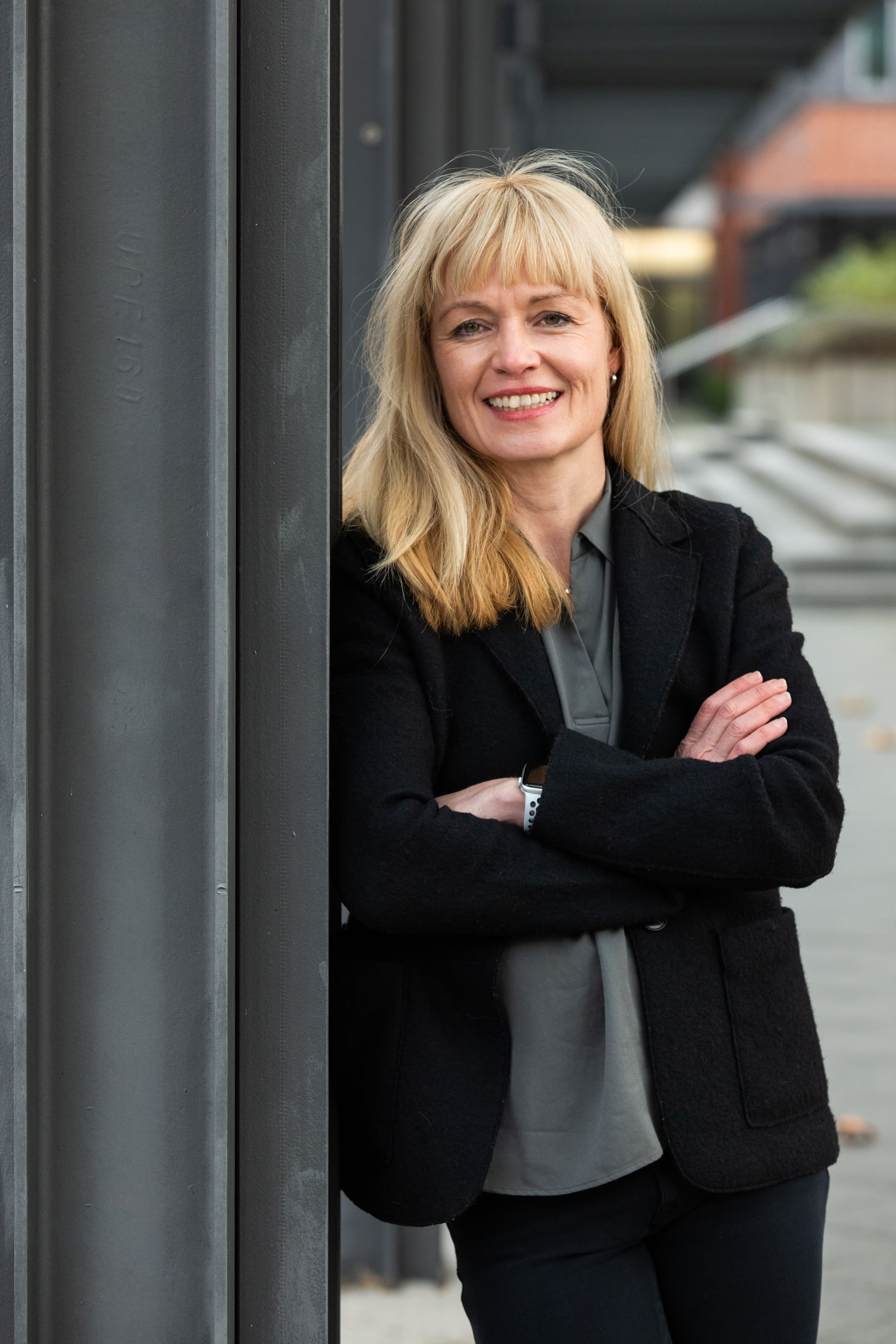Degenhard Andrulat, born in Salzgitter in 1954, studied at the University of Fine Arts in Braunschweig from 1977 to 1983 and received renowned prizes for his work as early as the 1990s. The artist, who lives and works in Hannover, has long been concerned with the interaction of art and science. "The white canvas challenges me," Adrulat said of the genesis of his works, which deal with the representation of space and light without ever becoming figurative. His aim, he said, is for viewers to be able to reconstruct the paintings for themselves in a comprehensible way; this is also what his explanatory painting titles such as "Double Greyish Blue" or "Horizontal Red Islands of Yellow" stand for. Degenhard Andrulat: "Whereby I cannot imagine what others imagine." The works are created according to his own plan, according to his grammar for pictures. And he can also paint over pictures or even throw them away if they are not successful.
Professor Dr Ulrich Kalinke sees parallels to scientific work here. Research must learn that the resulting picture can be revised every day, said the Managing Director of the Centre for Experimental and Clinical Infection Research TWINCORE. Even the hypothesis to be tested is a challenge, he said. "With a wrong idea, they have no chance of learning anything," Kalinke said. Then one must also have the courage to rather "fail crashingly" and start again with the considerations. The virologist said that science could certainly learn this courage to make decisions from art.
"As a plant breeder and research company, we depend on qualities such as curiosity, a willingness to experiment and openness," said KWS Executive Board member Dr. Felix Büchting. "Innovation needs free space to unfold - just like creativity in art." The employees in the Biotechnikum research building receive new impressions and impulses from the art regularly shown there, away from the view through the microscope or into the Petri dish.
The artistic production process of pictures is not subject to any purpose, said Stefan Becker, chairman of the Friends of the Sprengel and press spokesman for the Sparkasse Hannover. In contrast to applied scientific questioning, art enjoys the freedom to be an experiment with an open outcome. In return, science is verifiable, the theses are verifiable. The creative processes are similar in art and science, said Becker. In both disciplines, observation, study and experimentation take place, whereby the path to the goal differs. What is the same, however, is that in today's abundance of scientific information, the data do not immediately speak, and the artist must also achieve the moment when the art speaks to the viewer, added Prof. Dr. Ulrich Kalinke.
The online exhibition can still be viewed at www.kws.com/gegenhochdoppel. Numerous photos document the hanging in the Biotechnikum, background information explains the process of creating the works. The video recording of the artist talk can also be found on the homepage and on the Art at KWS YouTube Channel.

